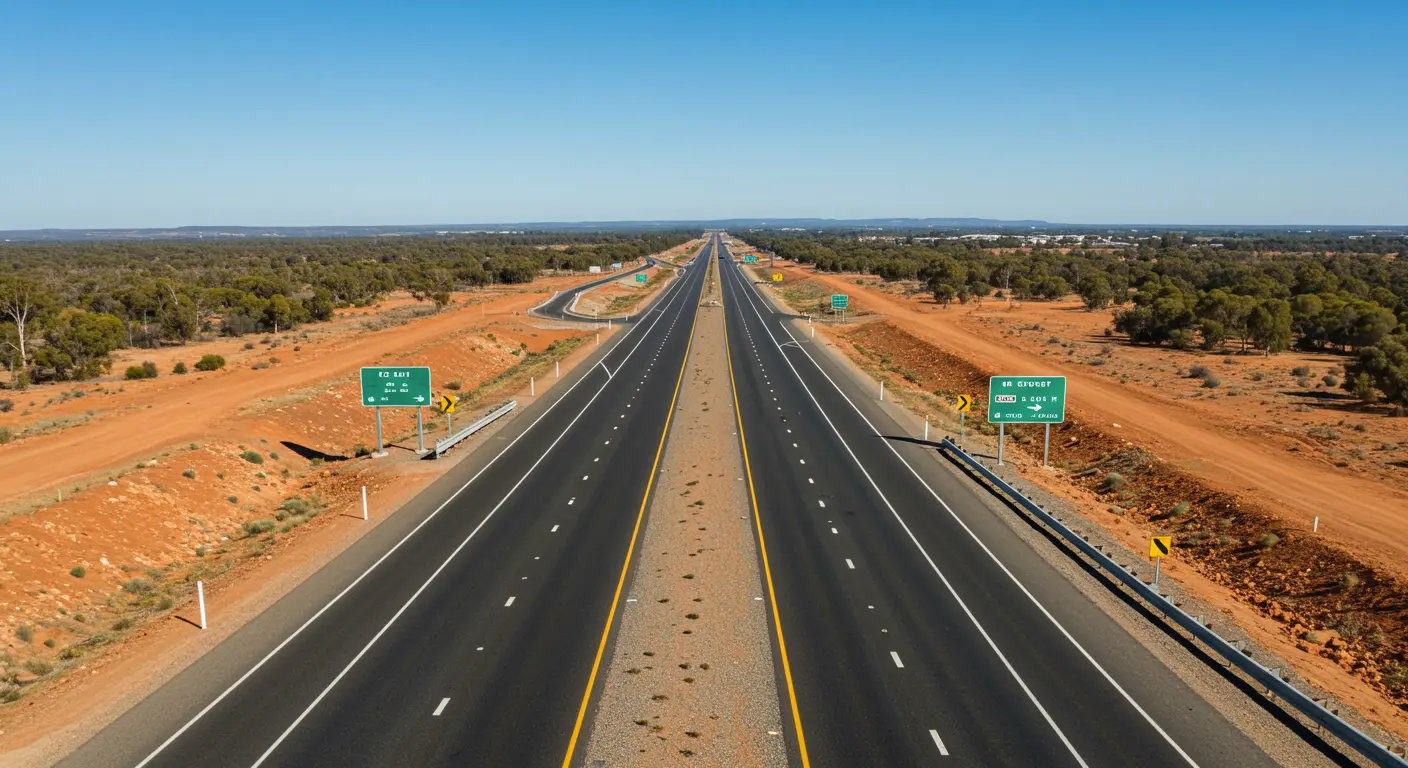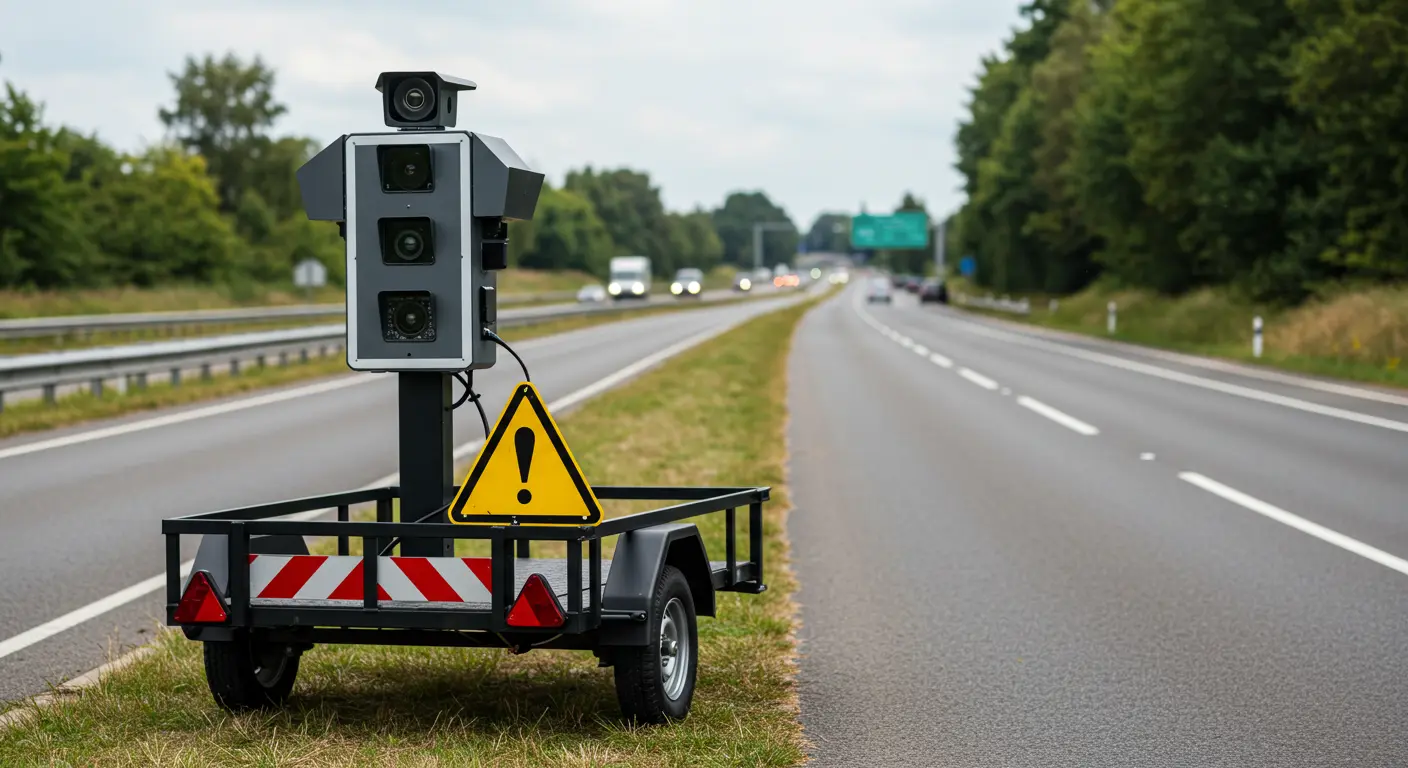Queensland drivers are feeling the sting of new “hidden” roadwork cameras, with more than 1,500 fines issued in just four months—sparking debate over safety vs revenue raising.
What’s Happening?
Since May 1, 2024, mobile speed cameras have been secretly snapping drivers at roadwork sites across Queensland, issuing 1,568 fines in total—averaging 10 fines per day.
With three cameras already operational and a fourth soon to join, authorities show no signs of slowing down.
According to the Department of Transport and Main Roads (TMR), the cameras target high-risk areas, with placement based on demand and speeding risks. But not everyone’s convinced this is just about safety.

The Shocking Numbers
One offender was clocked at a jaw-dropping 148kph in a 60kph zone—but controversially, they escaped punishment because the cameras weren’t yet issuing fines.
This begs the question: “Are these cameras about road safety or just punishing everyday motorists?”
Why Roadworkers Support the Cameras
Despite public backlash, roadworkers say the cameras are already making a difference.
“The cameras have been shown to reduce speeding at roadwork sites, and workers have reported feeling safer when these devices are deployed,” a TMR spokesperson said.
RACQ’s Joel Tucker agrees, emphasizing that roadwork zones are workplaces, not just traffic zones.
“Roadwork sites are a workplace for a lot of people, and everyone should be able to get home safely,” Mr Tucker explained.
He added:
“Sometimes it’s not obvious why limits are lowered, but often it’s to protect workers or account for new hazards like equipment near the lanes.”
How the Cameras Work
The cameras are:
- Solar-powered and fully mobile.
- Capable of being deployed by roadwork contractors who observe speeding risks.
- Designed to enforce lower speed limits at high-risk zones, like Ipswich’s Warrego Highway, where the first fines were issued.
Revenue Raising or Life Saving? The Debate Rages
Critics argue the cameras are nothing more than a cash grab, with hundreds of Queenslanders now facing hefty penalties.
Others question whether better signage and education could achieve the same safety outcomes without hitting wallets.
However, supporters counter that these cameras are saving lives.
With roadwork-related injuries and fatalities still a concern, authorities insist the focus is safety first.
The Bottom Line
Whether you see them as a necessary evil or highway robbery, Queensland’s new roadwork speed cameras are here to stay.
Drivers are being warned:
Slow down or pay up.
Is it about protecting workers, or is it all about revenue? You decide.
See Also
















